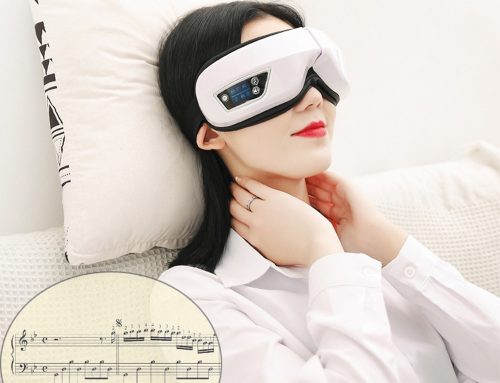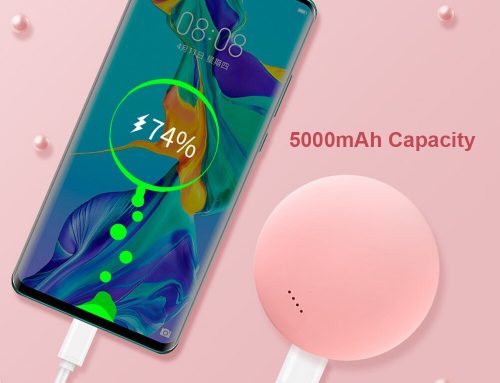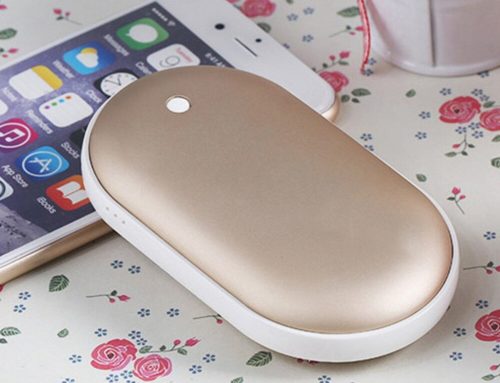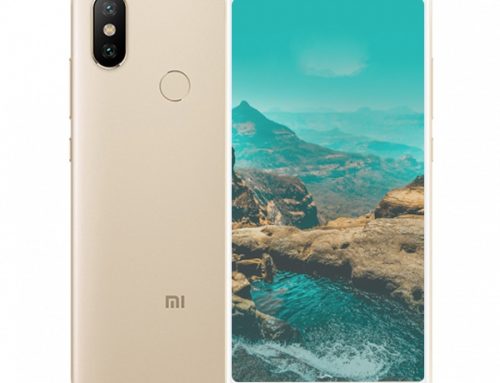
Importing electronic products from China is a challenge. A certain level of expert technical knowledge is required and competition with large companies is very high resulting in low profit margins. However, there are a lot of lucrative market niches that can be used by small and medium importing companies. First, I will explain why electronics are more difficult products than others to be imported from China:
Reason 1: Being a manufacturer of original electronic equipment (OEM) requires expert technical knowledge
Let’s assume that you want to buy an LED display for advertising. What you are buying is not an LED screen but a set of components that make it an LED screen. The components (product specifications) decide:
Brightness.
Resolution.
Time of life.
Cold / Heat resistance.
Dimensions.
Functions
Compliance with certifications required in the European Union and the United States (EC, RoHS, FCC, etc.).
Some components work perfectly together, others simply are not compatible. On top of all that, the hardware needs to be compatible with the software. It is a very complex puzzle that needs to be joined, and an error can make the product unusable. This should not be a big problem if the provider guided the buyer and made sure to avoid compatibility problems. However, electronics manufacturers in China tend to give very little help, probably for the following reasons:
- They themselves lack a deep technical knowledge about the product as a whole, as well as its components and software.
- Communication problems. A complex product becomes even more complex when the supplier can not understand the importer’s instructions and their quality requirements.
I do not suggest to small importers, who lack technical experience, to avoid electronic products in their entirety, but I strongly suggest that they do not try to import customized products (OEM). Selecting “factory designs” (non-OEM) is safer for the following reasons:
- It does not require extensive technical experience on the product.
- Minimize the risk of compatibility problems.
- The provider can not blame him for “choosing bad components” in case something goes wrong. (That does not mean they do not try, so be sure to sign a sales agreement before placing your order).
Many suppliers usually print the buyer’s logo on their product, and designing a custom package is an option. Thus, it is possible to make a product designed from the factory something of your own. Here is a list of suggestions for how you can add your own touch to a factory-designed product:
- Printed logo (on the product).
- Custom colors.
- Custom product packaging.
- Personalized case (requires a new mold).
Reason 2: Certification requirements
Importing electronics is a serious business, especially for American or European companies. Far from all suppliers in China can manufacture electronic products that meet the requirements of American and / or European certification. The products that do not comply are illegal and I have heard stories of explosive charges and defect rates above 50%. Here are the most common certifications for electronics:
Europe: CE, RoHS, Low Voltage Directive (LVD), EMC Class A, EMC Class B.
United States: FCC.
International: UL.
Certified products are more expensive than those that are not. Since many importers still consider that the price is more important than the laws of their market it is quite common for suppliers in China to use “false certifications”. Below, I list some definitions of “false certification”:
- A certificate with Photoshop or a test report, obviously false.
- A test report of a different product that is not valid for the product you are importing.
- A test report for the same product, but with different components. A product is more than its name or SKU and a slight change in its components makes the test report invalid.
Where to find electronics manufacturers in China
Shenzhen, Guangdong province, dominates the manufacture of electronic products and some products can not be found anywhere else in the world. However, while assembly work takes place here, it is common for components to be imported from Japan, the United States, Germany, South Korea or Taiwan.
The components are manufactured locally or imported from the United States, the European Union, Japan, South Korea or Taiwan.
The products are assembled in Shenzhen, Guangdong province.
Due to the increase in wages in Guangdong province some electronics manufacturers are moving their operations to the interior, mainly to Sichuan.
The easiest way to get to Shenzhen is by flying from your neighbor, Hong Kong.From the Hong Kong International Airport you can take a train, taxi or bus directly to the border. While a visa is not required to enter Hong Kong, you need to apply in advance if you wish to enter Shenzhen (Chinese territory).
Electronic products trade fairs
Canton Fair (Phase 1) – Guangzhou, China
Consumer electronics
Electrical and electronic products.
Computer and communications products.
Household appliances and products.
Lighting equipment
ElectronicAsia – Hong Kong, China
Computing and peripherals.
Hardware.
Accessories and electrical / electronic components.
Batteries
Solar products
Sound system.
Machinery.
Video game accessories.
Global Electronics Fair – Shenzhen, China
Consumer electronics and accessories.
Electronic
Telecom products
Electronic games.
Audio and video products.
Smart mobile devices and accessories.
Smart mobile terminals.
Computer accessories.
Accessories for Apple.
Taxes and VAT for Chinese electronic products
The electronic products are not a single group of products and include from LED screens and breathalyzers to alarm systems and electrical components for motor.Visit these websites for more information:
United States of America: http://hts.usitc.gov/
European Union and the United Kingdom: https://www.gov.uk/trade-tariff/sections
Australia: http://www.customs.gov.au/tariff/tariff2012.asp
Frauds
Many importers believe that they can circumvent companies such as Apple or Samsung by importing original branded products from China. If those Chinese suppliers offer original brand-name electronics at lower prices than you can find at Wal-Mart or Mediamarkt, then you can be sure that one of the following occurs:
- A fraud. They will run away with your money.
- Fakes. 100% illegal and that will probably be confiscated by customs once they arrive.
Summary
1.Avoid original factory (OEM) electronic products unless you know what you are doing.
2.Custom electronic products require knowledge about hardware and software. I do not expect the provider to know more than you. If you do not have technical experience you can import existing products and customize them with your brand, logos and custom design on the packaging. This limits the risks of serious problems.
3.Do not try to compete on price
4.Forget about competing with Wal Mart or Mediamarkt. They can buy and sell branded electronics below their factory price.
5.Look for innovative products and market them as yours
6. Try to find niches of new and innovative products instead of trying to compete with established retailers. Consider visiting a trade fair in Hong Kong or China to find those products before your competitors.
7.Do not neglect the certification requirements in your country / market
Electronic products can damage people or cause damage to property, that is why they are regulated. Before investing time in negotiating prices or buying samples, ask your supplier if they have manufactured products with CE, RoHS or FCC certification before.







Leave A Comment